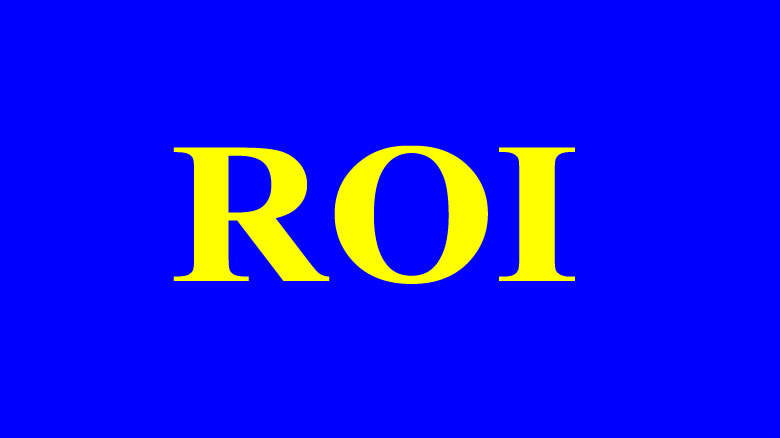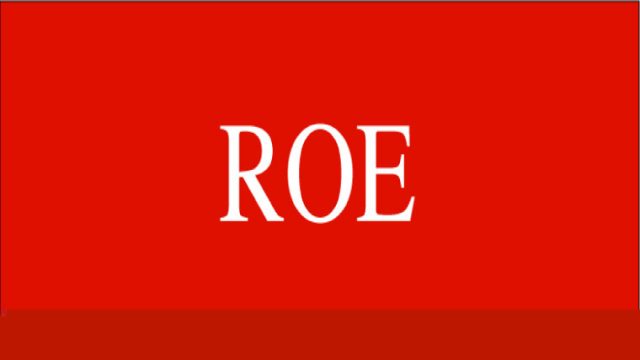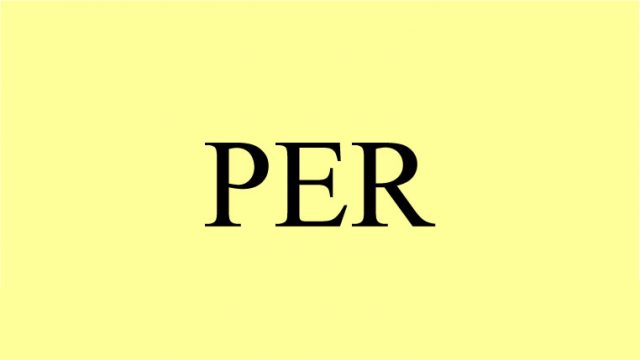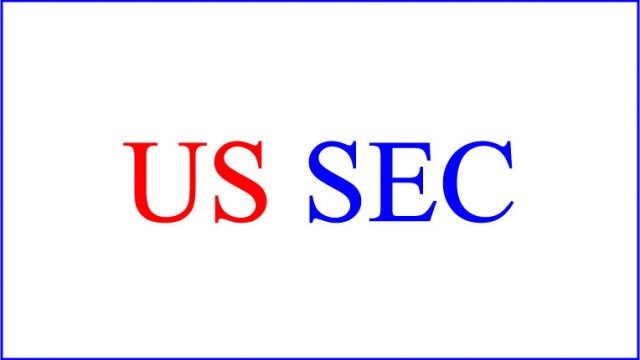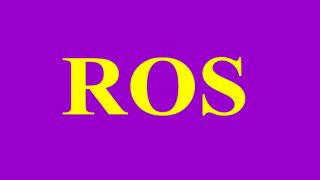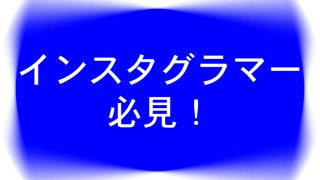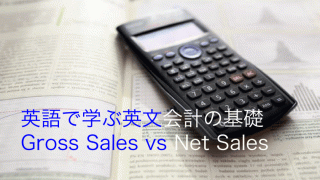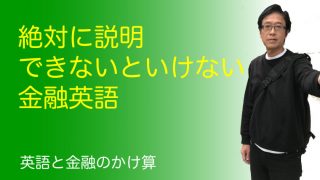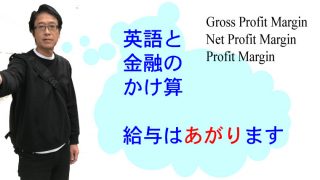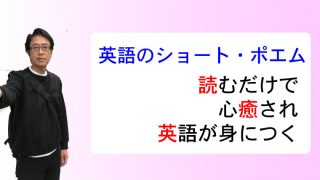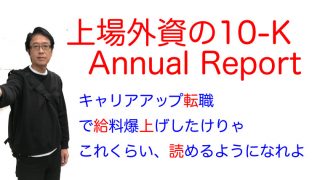複数の投資案件を比較化できるの指標がROI(投資収益)。
お金を株やFXで運用して増やす時にどうしても、日本人は「いくら儲かったか」
を気にします。もちろん、いくら儲かったの金額は重要です。
例えば、株で1億円儲かった時、あなたは、『すごい』と思うでしょうか?
実は、儲かった金額も重要ですが、どのくらいの投資金額と期間をかけてその儲けを
実現したのかを見ないと意味がありません。
例えば、先ほどの例で、儲けは1億円ですが、投資に使った金額が1兆円
で、儲かるまでの期間が30年だと、あなたの評価はどうですか?
ここでは、「儲け」をより具体的に金融的なアプローチで評価する手法としてのROI
に着目して日本語で説明し、その後、英語で説明。最終的には、英語で理解でき、外国人とROIについて会話できるようになることを目標にして記事を構成しています。
ROI 投資収益を日本語でまずは完全理解しよう

ROI(Retrun On Investment)の略です。日本語では、投資収益率・投資利益率などと表現されています。
計算式は
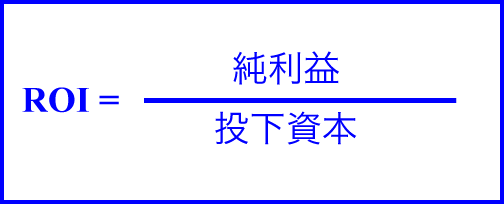
で導かれます。
評価としては、ROIが高ければ高いほど良い投資であると言えます。
ただし、異なる投資結果から算出されるROIを比較する場合には、注意が必要。
(1)投資金額の、一部、或いは、全部を調達している場合の調達コスト(金利:資本コスト)はROIの表面数値に反映されていない。
(2)利益確定までの実現期間の差異は反映されていない。
例えば、100(億)投資して2(億)の利益を1年後に確定できたとする。
100億のうち、10億を年利3%で調達していたとすると、(表面)ROI=2/100x100=2%
ただし、資本コストを含めると、ROI={2(億)ー10(億)x3%}/100x100=1.7%
となる。
また、同じROI2%でも、1週間で実現した投資利益と100年かかって実現した投資利益とでは異なる。
効率性からすると、1週間で実現した方が効率がいいと言えます。
このように期間が異なる投資のROIを比較する場合、通常は年利のROIに引き直して比較します。
計算式は
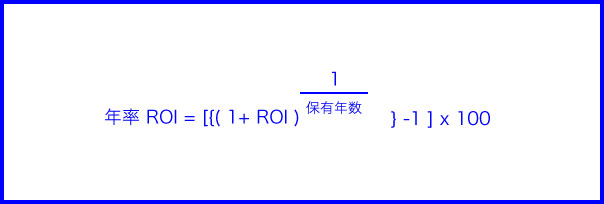
で、導かれます。
ROI 英語で理解することに挑戦

Read the explanation below regarding an investment terminology and answer to the following question.
ROI is an abbreviation of Return on Investment.
This is an traditional indicator which expresses the effectiveness of an investment in percentage.
It may be a single investment towards securities or it may be an investment towards specific project.
Formula is as the following –
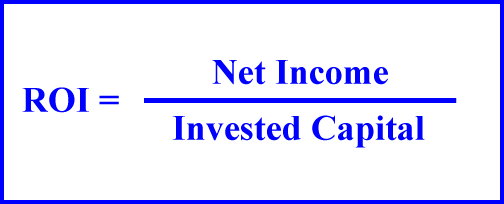
In the case of investment towards stock, formula on Return on Investment will be
ROI = (Sell price of a stock – Buy price of a stock) / Invested capital x 100
Lets see an example –
You bought a share of stock at a $100 and sold it a price of $110.
Assuming there were no dividend and fees associated on buying and selling of shares.
ROI = (110-100)/100 x 100= 10%
If in case there were extra $10 dividend in between your purchase and sale of this share,
ROI = (110+10-100)/100×100=20%
However, some considerations are required –
For example –
(A) One bought a share of stock at a price of $100 and sold it at a price of $110 the next day he bought.
He invested $1000.
In this case his ROI will be
ROI (Case A) = 110-100/1000 x 100 = 1%
(B) Another also bought another share of stock 10 years ago at a price of $100 and sold it at a price of $110, however, in this case it took approximately 10 years to gain a profit.
ROI (Case B) = 110-100/1000 x 100 = 1%
In both cases, they have the same ROI. Can one assert in saying that both investment are worth equal??
The considerations required in measuring ROI is the concept of present value.
For long term investment we need to adjust the net profit to present value to compare the investment to others.
Traditional ROI lacks the concept to take time value and compounded reinvestment into consideration.
If investment are within the similar time frame but different, it is better to adjust this indicator into annual basis.
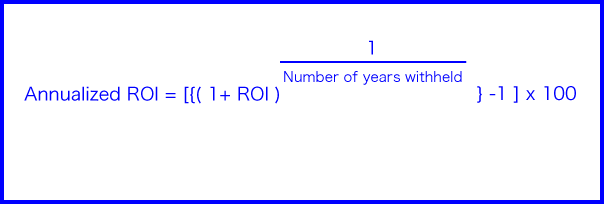
Annualized ROI = [{(1+ROI) times to the power of A}-1] x 100
A=1/N : Number of years withheld
However, if the investment is longer than an year, it is advisable to adjust using Net Present Value in order to
compare.
ROI 英文解説の日本語の文頭からの逐語訳
ROI is an abbreviation of Return on Investment.
ROI/である/省略/投資利益率/。
This is an traditional indicator which expresses the effectiveness of an investment in percentage.
これは/である/伝統的な指標/それは表わす/効率性/投資の%で/。
It may be a single investment towards securities or it may be an investment towards specific project.
それは/かもしれない/投資対する/証券/或いはそれは/かも知れない/投資対する/特定のプロジェクト/。
Formula is as the following –
公式は/である/次の‐

In the case of investment towards stock, formula on Return on Investment will be
の場合/投資対する株/公式は/ROIになる/
ROI = (Sell price of a stock – Buy price of a stock) / Invested capital x 100
ROI = (売却価格/の/株 - 購入価格/の/株) /投資資本 × 100
Lets see an example –
してみよう/みる/例を-
You bought a share of stock at a $100 and sold it a price of $110.
あなたは/購入した/株式を/で/$100/そして/売却した/それを価格で/$110/.
Assuming there were no dividends and fees associated on buying and selling of shares.
仮定する/そこには/なかった/配当が/そして/手数料かかる/するため/買う或いは売る/株/。
ROI = (110-100)/100 x 100= 10%
If in case there were extra $10 dividend in between your purchase and sale of this share,
もし/場合/そこにあった/余分な$10配当/間に/あなたの購入と売却/の株式/。
ROI = (110+10-100)/100×100=20%
However, some considerations are required –
しかしながら/ある解釈/である/求められる/-
For example –
例えば/
(A) One bought a share of stock at a price of $100 and sold it at a price of $110 the next day he bought.
あなたは/購入した/株式を/で/$100/そして/売却した/それを価格で/$110/次の日/あなたが購入した./
He invested $1000.
彼は/投資した/$1000/
(A) In this case his ROI will be
(A) この場合/彼のROI なるだろう/
ROI (Case A) = 110-100/1000 x 100 = 1%
(B) Another also bought another share of stock 10 years ago at a price of $100 and sold it at a price of $110, however, in this case it took approximately 10 years to gain a profit.
もうひとり/も/購入した/ほかの株式/10年前に/価格で$100/そして/売却した/価格で/$110/しかしながら/この場合/それは掛った/おおよそ/10年/ために/得る利益/。
(B) In this case his ROI will be
(B) この場合/彼のROI なるだろう/
ROI (Case B) = 110-100/1000 x 100 = 1%
In both cases, they have the same ROI.
両方の場合とも/彼らは/得る/同じ/ROI。
Can one assert in saying that both investment are worth equal ??
できるだろうか/言うこと/両方とも/投資は/価値ある/同等に/。
The considerations required in measuring ROI is the concept of present value.
解釈/求められる/するとき/計算するROI/である/概念/の/現在価値/。
For long term investment we need to adjust the net profit to present value to compare the investment to others.
の場合/長期投資/私たちは必要/調整する/純利益/に現在価値/するため/比較/投資/ほかと/。
Traditional ROI lacks the concept to take time value and compounded reinvestment into consideration.
伝統的なROI/欠くその概念/持ち込む/時間的価値と複利の再投資/に解釈/。
If investment are within the similar time frame but different, it is better to adjust both indicators into annual basis.
もし/投資が/である/範囲/類似の時間わく/だが/相違する/それは/した方がよい/調整する/両方の指標を/年率に/

Annualized ROI = [{(1+ROI) times to the power of A}-1] x 100
A=1/N : Number of years withheld
ROI 英語で理解度チェック テストに挑戦
See if you can answer to the following questions.
Q1: What does ROI stand for.
A : Return on Investment
B : Return on Interest Rate
C : Return on Inventory
Q2 Which of the following best states about ROI ?
A : It expresses the effectiveness of an Interest rate in percentage.
B : It expresses the effectiveness of an Investment in percentage.
C : It expresses the effectiveness of an Inventory rate in percentage.
Q3 Which formula below best describes Traditional ROI ?
A : Traditional ROI = Net Profit / Number of Inventory
B : Traditional ROI = Net Profit / Interest Rate
C : Traditional ROI = Net Profit / Invested Capital
Q4 What concerns are involved within Traditional ROI ?
A : It lacks of Time Value
B : It lacks of Investment Amount
C : it lacks of Interest Rate
Q5 When comparing various ROI’s what is recommended ?
A : Adjust all ROI’s within the same time frame.
B : Adjust all ROI’s within the same interest rate.
C : Adjust all ROI’s within the same geographical area.
Answer
Q1: A Q2: B Q3: C Q4: A Q5: A
まとめ

ROI(Return On Investment)は(%)表示されており、計算式は
ROI(%)=利益/投資元本x100
で算出
異なる、複数の投資収益率を比較する際には、ROIを年率換算して比較する。
Hope it helps –
stephen pong
外資系企業への英語面接サポート・サービスで不安を解消しましょう!
stephenpong.com では、おひとりおひとりに合わせて
英語面接のサポートをレジュメの作成段階からご指導致します
まずは、お問い合わせください
自分で用意した英文レジュメはこれでいいのかな?
英語面接の質問とその答え方はどう準備したらいいの?
英語の面接に不安を感じる、模擬面接で練習したい?!
これらのお悩みをすべて解決します!
お気楽に下記フォームからご相談ください!
人生を動かしましょう!
ごく稀に、返信メールがお客様の迷惑フォルダに紛れ込んでいる場合がありますのでご注意ください。
